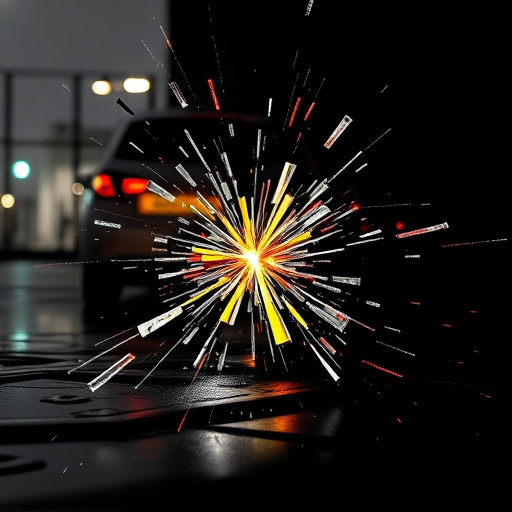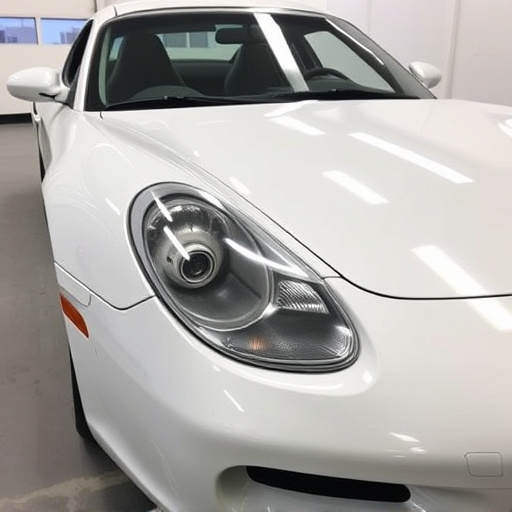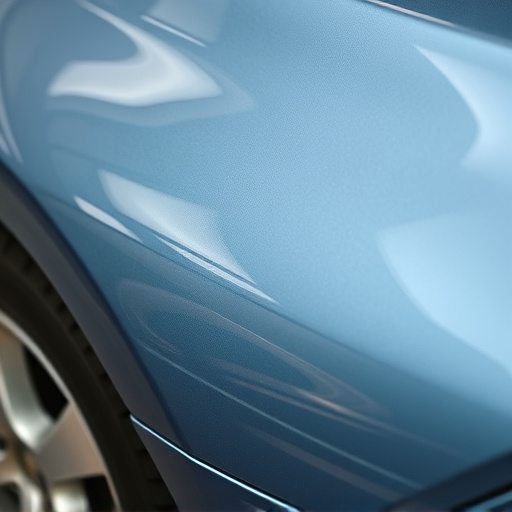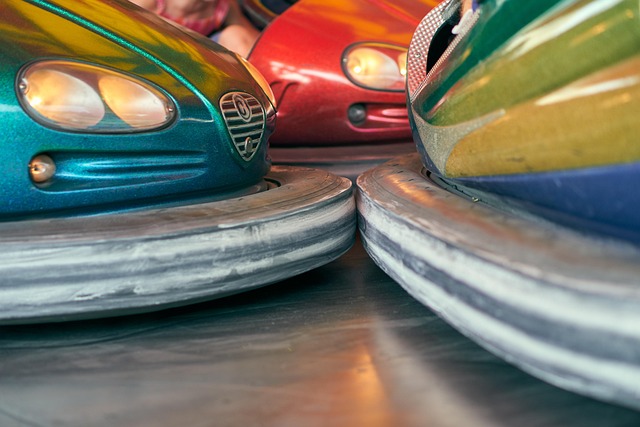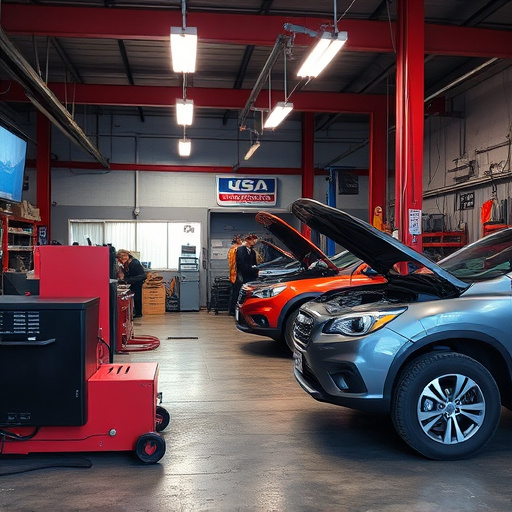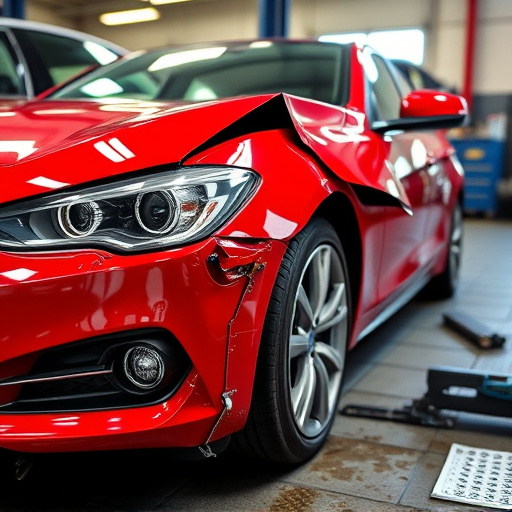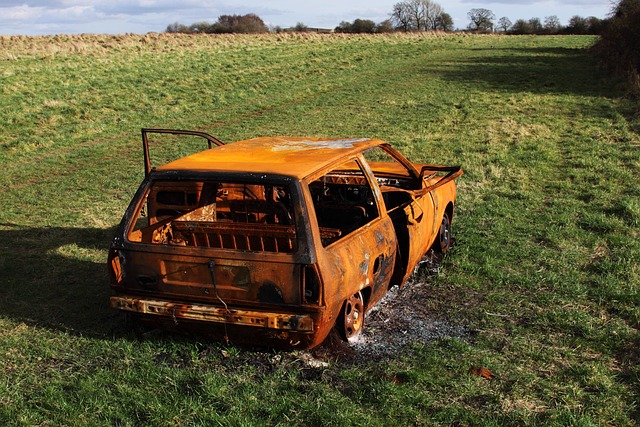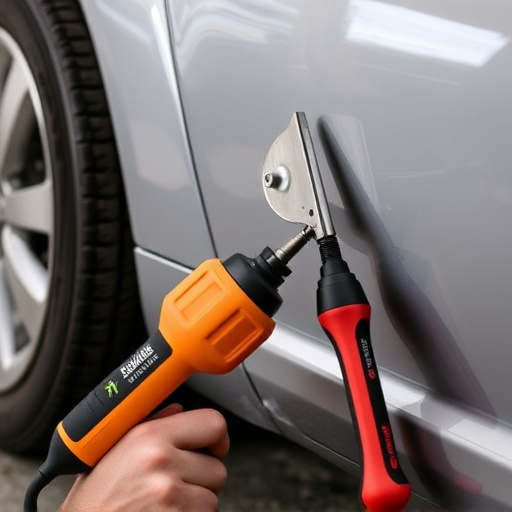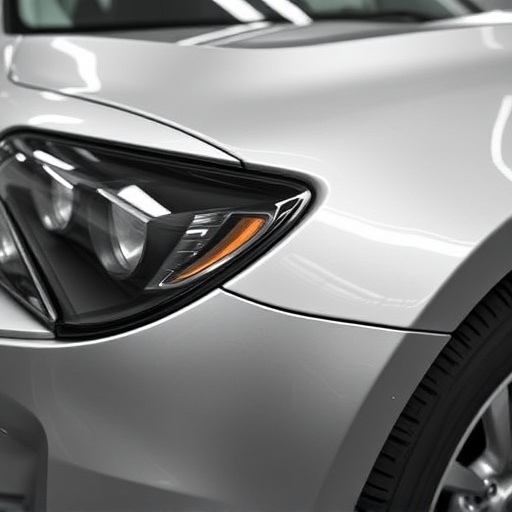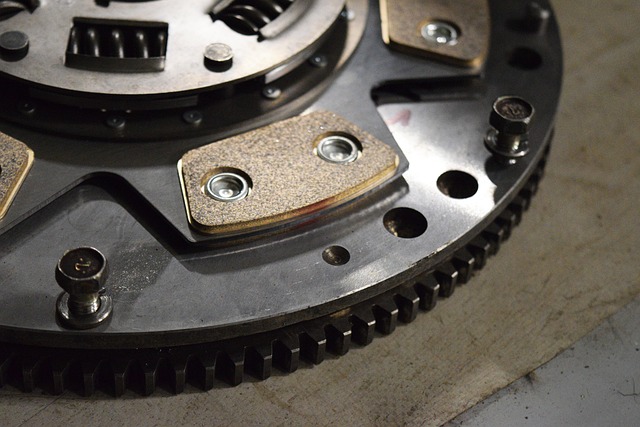Acoustic glass repair will remain crucial in 2025 for maintaining modern architecture's focus on well-being and productivity, mitigating noise pollution, and reducing environmental impact. Despite technological advancements in car restoration, skilled artisans are essential for precision in soundproofing repairs, ensuring optimal performance, comfort, and safety standards. This eco-friendly approach minimizes the demand for raw materials, lowers energy consumption, and saves costs, promoting a circular economy.
In 2025, the demand for acoustic glass repair remains robust as modern spaces prioritize sound quality and energy efficiency. Acoustic glass, a key component in buildings and vehicles, continues to shape our environment, offering both aesthetic appeal and functional benefits. This article explores the enduring impact of acoustic glass, highlights advancements in repair methods driven by technology, and emphasizes the environmental and cost-effective advantages of preserving this valuable material, ensuring its relevance well into the future.
- The Enduring Impact of Acoustic Glass on Modern Spaces
- Technological Advancements in Repair Methods
- Environmental and Cost-Effective Benefits of Preservation
The Enduring Impact of Acoustic Glass on Modern Spaces

Acoustic glass has left an indelible mark on modern architecture and design, transforming spaces into vibrant, inviting environments. Its enduring appeal lies in its ability to enhance acoustic comfort, reducing noise pollution and creating peaceful oases within urban landscapes. In 2025, as we continue to prioritize well-being and productivity, the impact of acoustic glass remains significant, especially in bustling commercial hubs and residential areas.
Proper acoustic glass repair and maintenance are essential to preserve these qualities. Just as regular auto body services ensure a vehicle’s structural integrity, timely acoustic glass repair safeguards the soundproofing benefits of these materials. Given the increasing focus on creating tranquil spaces within cars, offices, and homes, understanding and prioritizing acoustic glass repair will be more crucial than ever in the coming years, ensuring that modern spaces remain serene oases amidst the hustle and bustle of daily life.
Technological Advancements in Repair Methods
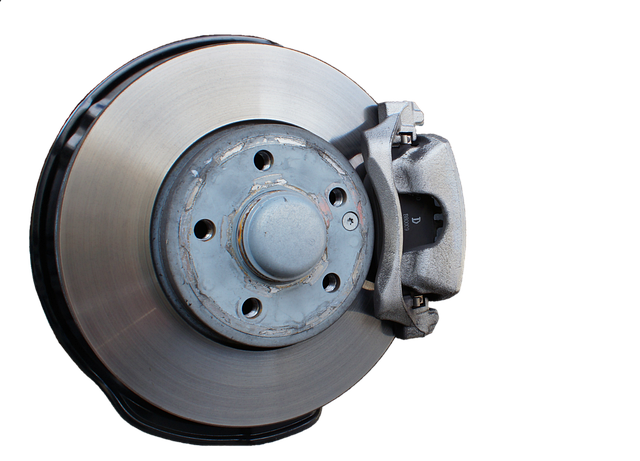
The landscape of automotive maintenance has witnessed a digital transformation over the years, but despite the surge in technological advancements, certain traditional practices remain indispensable—and one such area is acoustic glass repair. By 2025, as we continue to navigate an ever-evolving automotive industry, the demand for skilled artisans capable of restoring acoustic glass will still be very much relevant. This niche field, which focuses on repairing and replacing damaged or cracked windows while maintaining the soundproofing properties, requires a unique set of skills that modern technology alone cannot replicate.
While advanced robotics and automated systems have revolutionized car body restoration and auto body shop processes, acoustic glass repair demands precision and expertise that only human hands can provide. As we explore innovative repair methods, such as smart materials and advanced composites, the art of repairing acoustic glass will continue to be a crucial aspect of car repair services, ensuring vehicles maintain their optimal performance, comfort, and safety standards.
Environmental and Cost-Effective Benefits of Preservation
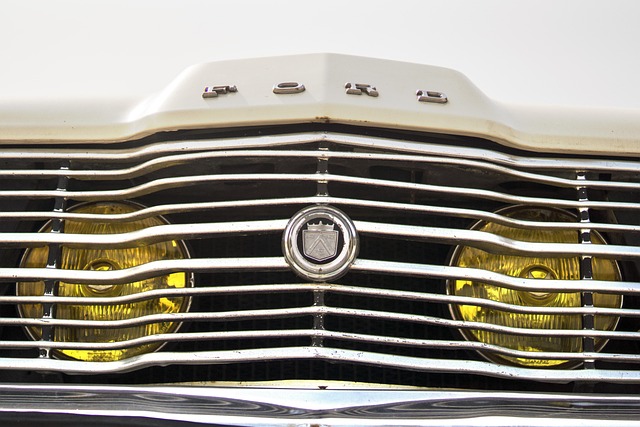
The environmental impact of acoustic glass repair cannot be overlooked in 2025 and beyond. By preserving and repairing existing glass instead of constantly replacing it, we significantly reduce the demand for raw materials like soda ash, silica, and limestone, which are often sourced through environmentally destructive mining practices. This conservation effort also diminishes energy consumption associated with manufacturing new glass, lowering greenhouse gas emissions and mitigating climate change effects.
Moreover, acoustic glass repair offers cost-effective advantages, especially in the context of vehicle body repair. Repairs are generally more affordable than full replacements, saving individuals and collision repair shops substantial costs. This sustainability aspect not only benefits businesses by reducing disposal and acquisition expenses but also promotes a circular economy where resources are reused, reducing waste and strain on our planet.
In 2025, the significance of acoustic glass repair remains undeniable. As modern spaces continue to prioritize sound quality and energy efficiency, preserving and repairing existing acoustic glass becomes an essential step towards creating sustainable and comfortable environments. Technological advancements in repair methods offer innovative solutions, while environmental considerations underscore the cost-effective benefits of preservation. By embracing these developments, we ensure that our spaces not only meet current standards but also leave a positive impact on both users and the planet.
